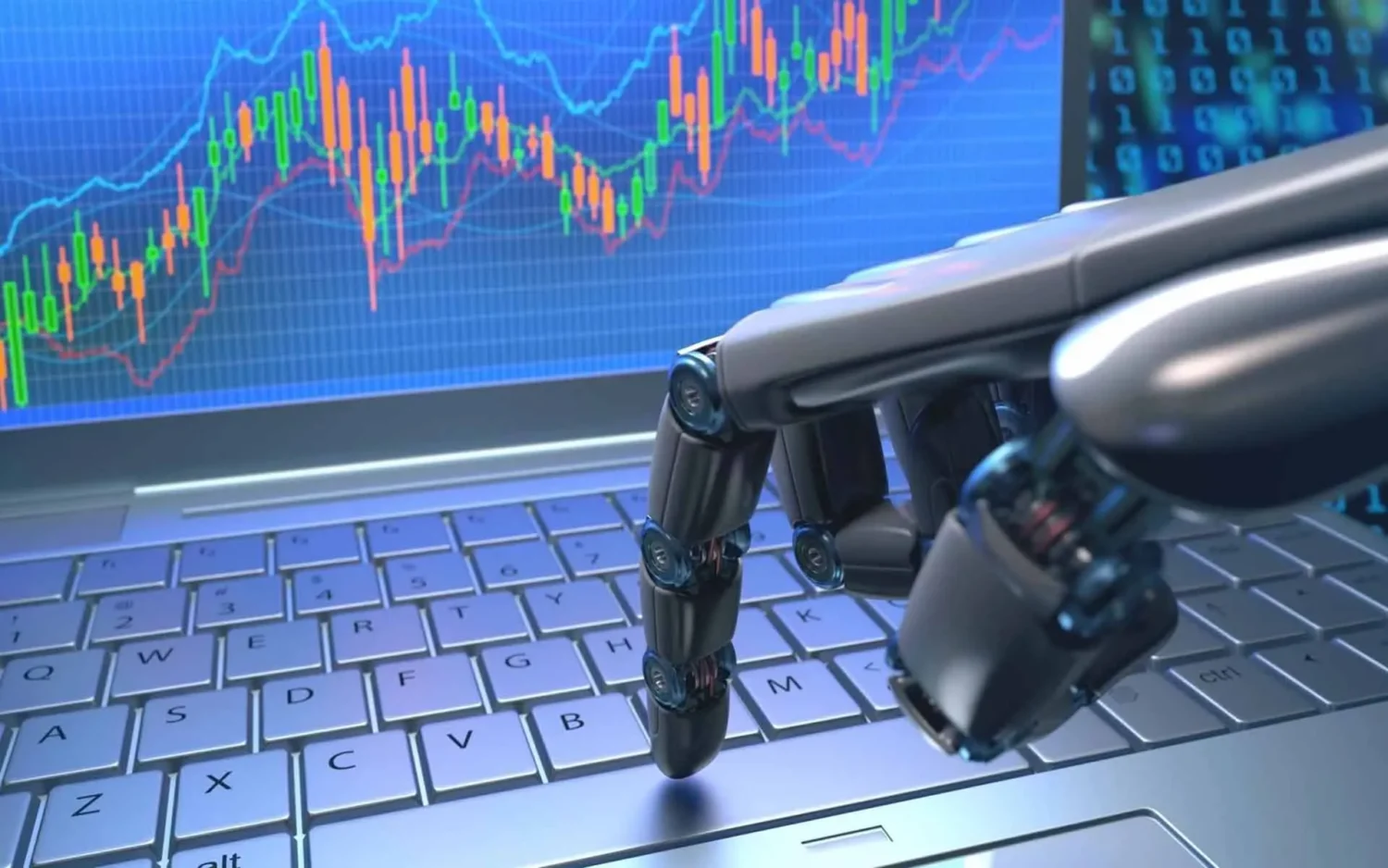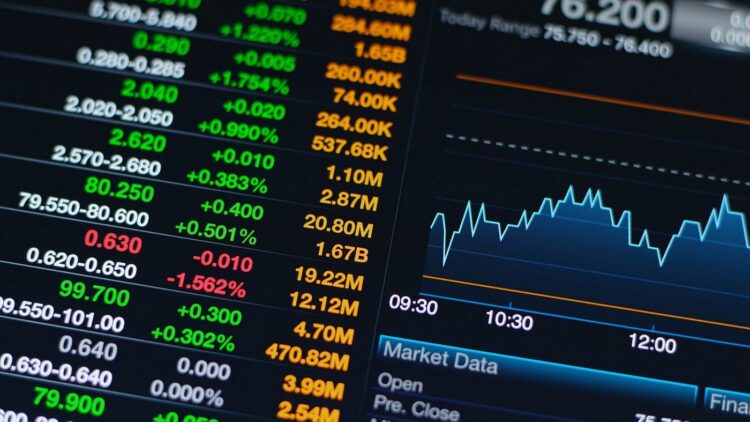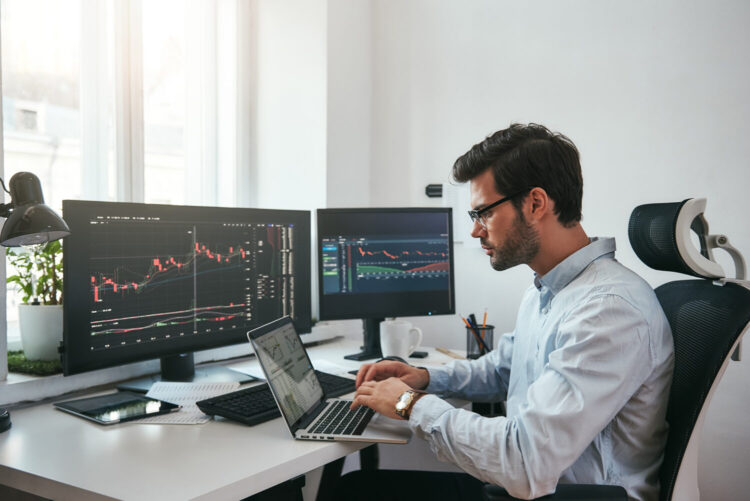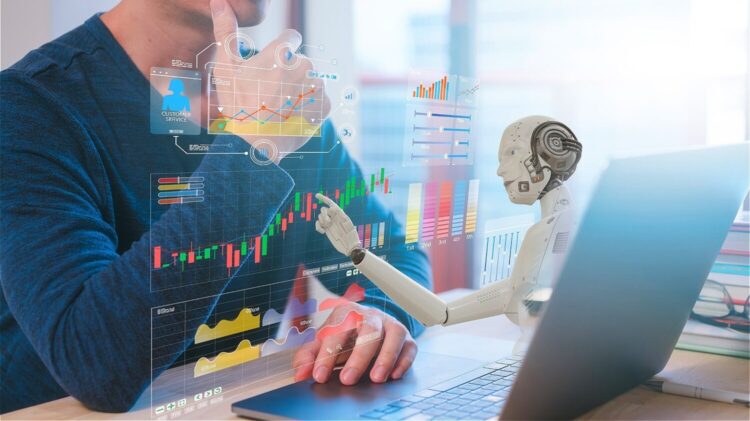Creating a hybrid trading system that combines the speed and accuracy of AI bots with the wisdom of human intuition offers a powerful edge in the trading world. In an age where data floods the market at lightning speed, AI bots can swiftly process and execute trades in ways humans can’t match.
With a great deal of hype surrounding AI trading bots these days, there is no doubt that the really good ones, such as Alpha AI crypto trading portal, can make a big difference in your trading performance. But, while they are powerful tools, they cannot fully replicate human intuition.
Who says you have to settle for only one? You can have the best of both worlds when you combine AI trading bots with human insight i.e. create a hybrid trading system. In fact, it is becoming a massive trend in the trading space. When you blend the two together, you can make profitable and smarter decisions. How? Let’s find out.
Table of Contents
Why Combine AI Trading Bots with Human Insight?
Everyone knows AI trading bots are great at processing vast amounts of data to identify patterns and then execute trades swiftly. You can use them to analyze pretty much everything, whether it is price charts, historical data and even market sentiment, all in real-time. But there is one element that they lack in and that is context.
This is where you come in, as you can interpret economic shifts, news and global events that the AI trading bot may not fully understand. Therefore, when you combine an AI trading bot with your insight, you can develop a more adaptive and well-rounded strategy.
Leveraging AI Trading Bots for Data-Driven Decisions

When it comes to spotting trends and crunching numbers, nothing can beat an AI trading bot. You can leverage AI trading bots in a hybrid trading system in several ways.
Data processing
As mentioned earlier, an AI trading bot can process huge datasets quickly, much faster than you could ever do. Therefore, they can help you identify profitable trading opportunities based on market trends, technical indicators and even social sentiment. No matter how quickly you try and perform real-time analysis, you cannot match their accuracy and speed.
Automating repetitive tasks
It is just not possible for you to monitor the financial markets 24/7. Sure, you could try, but it is exhausting, and you will eventually burn out. You can use AI trading bots to lessen your burden, as they can be handy for automating the routine aspects of trading.
For instance, you can program them to follow predefined criteria to place buy and sell orders. This way, you can focus on your trading strategy and decision-making without stressing over the day-to-day grind.
Adding Human Insight to the Mix
While your AI trading bot can process data, it will not be able to catch the subtle nuances you can. You can understand the context behind market sentiment, political shifts, and news events. Likewise, you can also adapt to unusual market conditions, which is something AI trading bots struggle with.
Creating a Hybrid Trading System
The best way to create a successful hybrid system is to use a good AI trading bot for making data-driven decisions, back-testing strategies, and automating trades. Then, you refine the recommendations of the bot with your own insight to make the best decisions.
Maximizing Efficiency in Market Analysis

When using AI bots, their capacity to process vast amounts of data in real-time cannot be overstated. Imagine the workload they alleviate by scanning technical indicators, market trends, and even social media sentiment in seconds.
This allows you to make more informed decisions without the bottleneck of manual data analysis. However, you need to guide the bot with well-defined rules and parameters so that it can focus on relevant information. Without a strategic plan, even the most advanced AI bot can fall short in identifying valuable trading opportunities.
This is where hybrid systems shine. As a trader, you can set criteria for the bot based on your understanding of what truly matters in a market cycle. Maybe a spike in a commodity’s price combined with political uncertainty in a region is your cue for action. The AI bot won’t catch this on its own, but it can provide the technical groundwork for you to make that decision quickly.
Flexibility in a Volatile Market
The financial markets are never static. AI trading bots, no matter how sophisticated, work based on historical data and real-time information that has already been quantified. While they excel in stable or predictable conditions, their limitations become evident during periods of high volatility or unprecedented market shifts. This is where human intuition steps in.
When market conditions change drastically, such as during a global crisis or unexpected economic announcements, AI bots can misinterpret or miss the cues entirely. They rely on historical data, which may not always apply in a crisis situation. Human traders can use their understanding of past events and current news to navigate these murky waters and prevent poor decisions that a bot might otherwise execute.
Improving Risk Management
AI trading bots can help streamline risk management processes by executing trades according to predefined parameters. However, risk in the trading world isn’t just about sticking to numbers. Political events, unexpected earnings reports, or sudden economic shifts can greatly impact asset values. AI bots can’t interpret these factors with the same sensitivity that humans can.
When you bring your own insight into a hybrid system, you add an extra layer of risk management. While the bot executes based on rules, you can make real-time adjustments based on the latest developments. For example, you may choose to hedge against a potential market downturn because of an unexpected global event that the bot won’t immediately recognize.
Enhancing Strategy with Human Input

No matter how advanced AI becomes, it cannot replace the creativity and adaptability of human thinking. Traders develop personal strategies that are based on a mix of technical and emotional factors. While AI bots are exceptional at executing trades and analyzing data, they do so without emotional or strategic nuance.
A hybrid trading system allows you to use AI for data crunching and trade automation while you apply your insight to refine the strategy. You might recognize patterns or trends that the bot cannot see because it lacks your experience in specific market conditions. For instance, you may notice a psychological pattern among traders, such as a tendency to overreact to minor bad news, which could present a buying opportunity that an AI bot wouldn’t pick up on.
Conclusion
Combining AI trading bots with human insight creates a balanced and highly effective trading strategy. The bots handle data analysis, trade execution, and repetitive tasks, while human intuition and understanding provide context, adaptability, and nuanced decision-making. In a market where trends can shift in an instant, having a hybrid system allows traders to take advantage of the strengths of both machine and mind.
The future of trading lies in this collaboration, where neither AI nor human insight needs to stand alone. It’s not just about faster or smarter decisions; it’s about making the right decisions at the right time.
